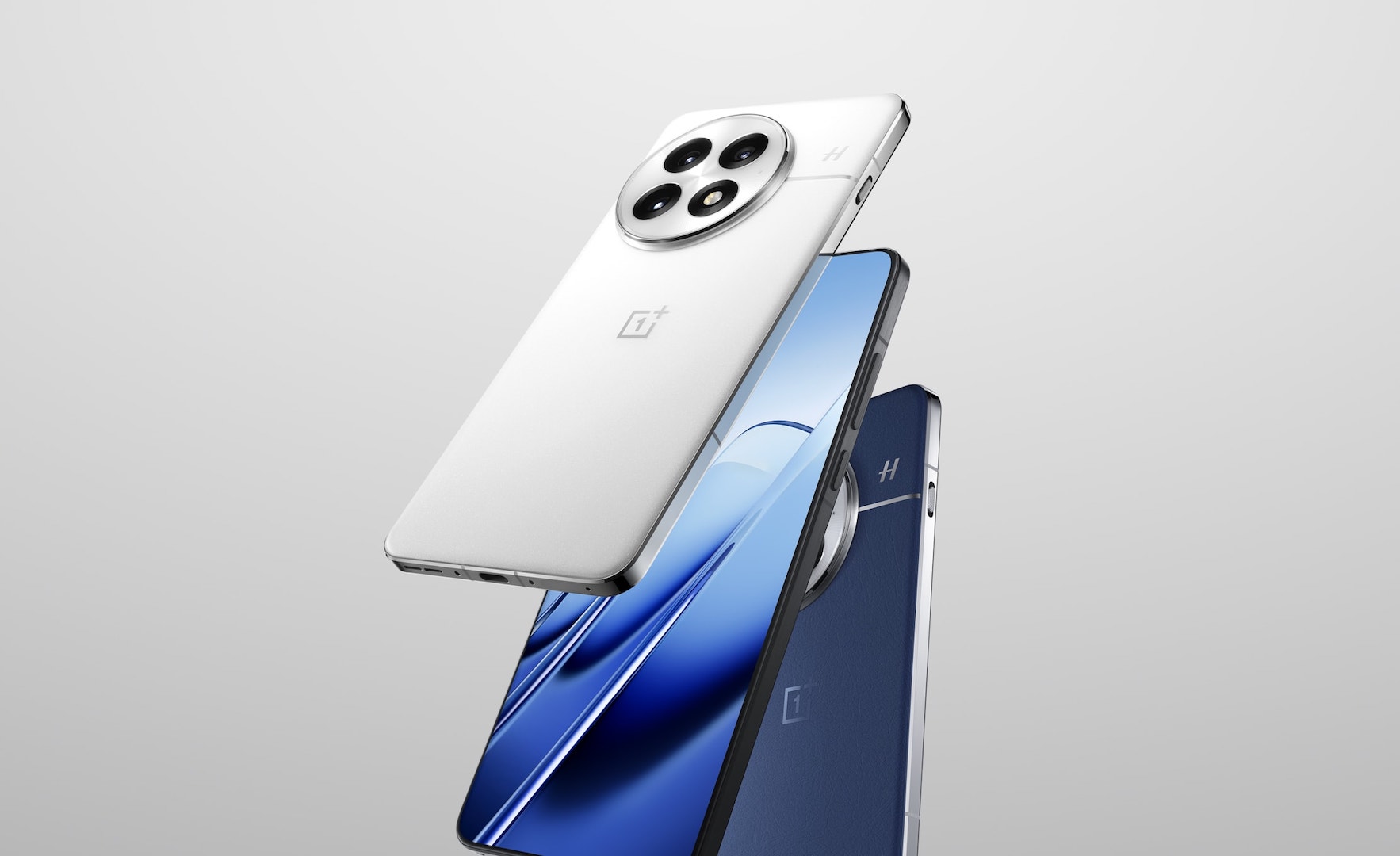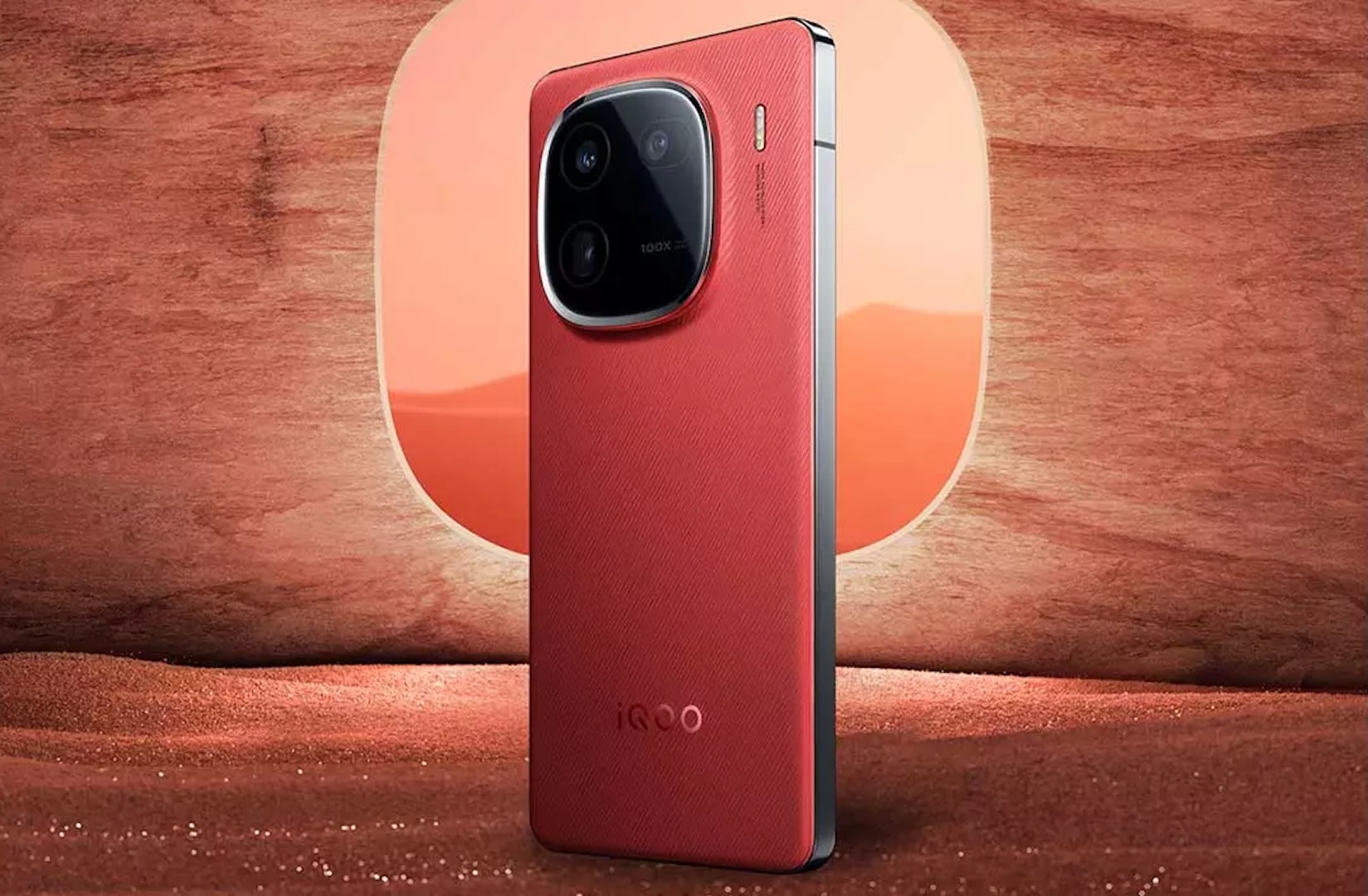Smartphones are a large part of everyday life and contain a lot of the data that keeps the world turning. From routines to contacts, to personal photos, all of it represents what humanity eagerly shares with the world.
What are these devices made of? Time to “smash” one open and see what’s inside.
Precious Metals!
While it might be shocking that someone would want to have a phone made out of gold and diamonds, these rare earth elements and precious metals are an inseparable part of the average smartphone’s core.
According to an article on BBC.com, a device can contain up to 0.034g of gold, 0.34g of silver, 0.015g of palladium, and just a little platinum.
Body:
Before you go and find that hammer, take a look at the surface. The first thing you notice is the body and the display. While it may weaken your WiFi signal and raise the external temperature, most flagship smartphones gravitate towards an aluminium build because it provides a premium feel. Some other options for a phone chassis include high-resistance glass and plastic.
You might be shocked to learn that the screen is made from some of the rarest elements on earth. They help produce colours and add to durability.
Sensors:
Other visible parts include the cameras and the flash. Inside the bezel are several unique features as well.
Your smartphone is, indeed, smart due to a multitude of sensors. A proximity sensor is an obvious example of this. This component is how the phone screen “knows” when to turn off or to prevent your cheek from dialling when you’re making a call.
The LiDAR sensor on new iPhones is another example. It analyzes the surroundings and helps manage the picture of an augmented reality object.
Power:
A typical smartphone has a lithium-ion (Li-ion) battery, although some manufacturers may use manganese varieties. The battery is the largest and the heaviest item inside the phone. The latest batteries also support wireless and fast charging.
System on a Chip (SoC):
SoC is the brains of your smartphone. Some people think it’s only the phone’s processor, but the unit contains a myriad of smaller building blocks:
The Operating System (OS):
- A graphics processing unit (GPU) and central processing unit (CPU)
- Voltage regulators and power management circuits
- Digital, analog, mixed-signal, or radiofrequency parts
- A microprocessor
- Some peripherals like clocks and timers
- RAM and ROM memory
In computers from prior decades, these parts would stand separately and require tremendous power to operate. Being separate also meant that the components wouldn’t be able to communicate with each other efficiently.
Today’s integrated chips are more compact and loaded to the brim with high-tech solutions. For example, Apple’s latest silicon chips employ a unified memory for CPU and GPU. They’re also faster and more efficient in dealing with power consumption.
Final Thoughts:
Smartphones become faster and more capable every year and knowing what goes into making them can be illuminating. Hopefully, you’ll start appreciating your gadget and the effort from everyone on the assembly line and beyond.
Deals: TP-Link AC1750 Mbps Smart WiFi Gaming Dual_Band Gigabit Router with USB










